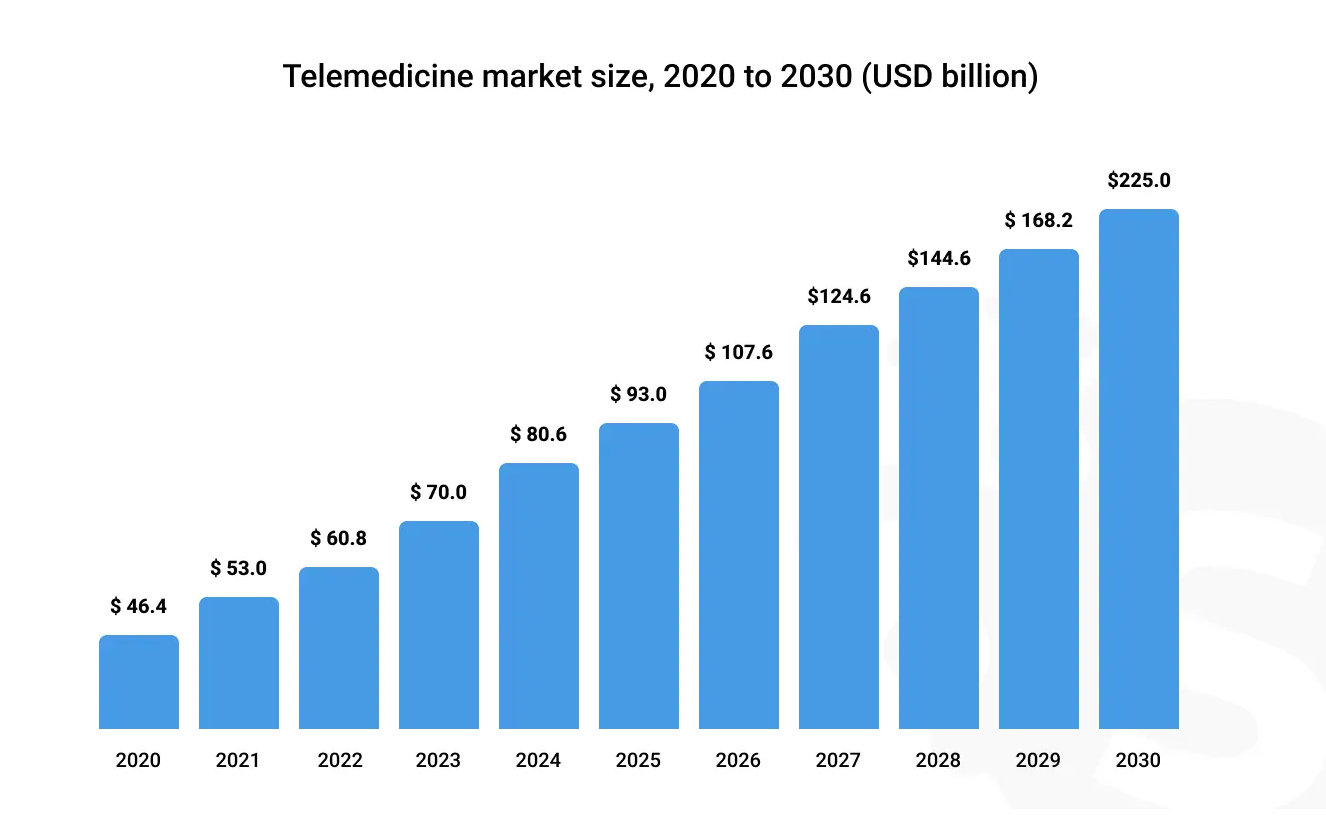Healthcare Technology Trends: A Professional Guide to What Matters Now
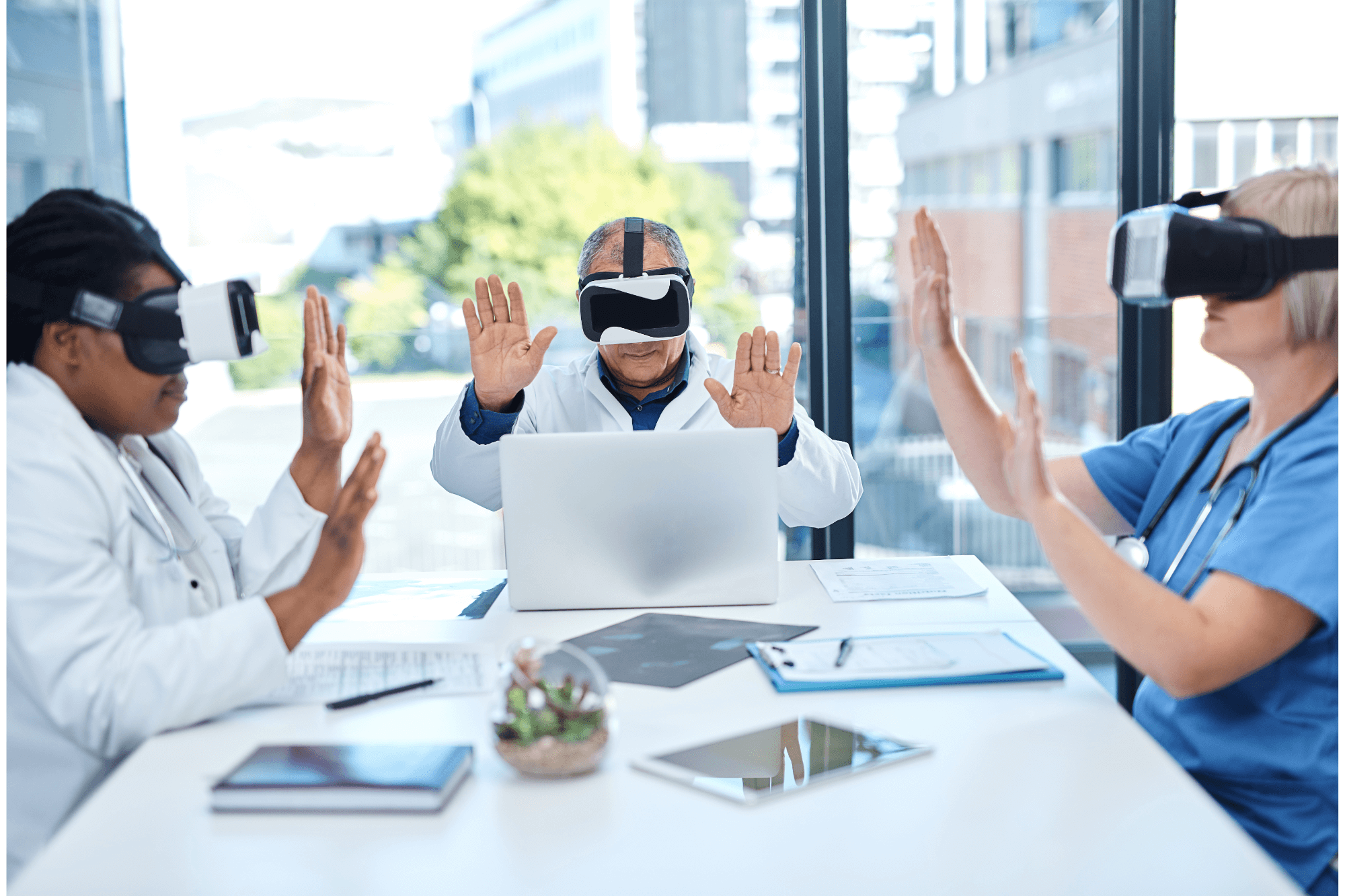
Step into a hospital today and you’ll notice two sides of the same story. Older systems still keep the basics running, but new technologies in healthcare are already shaping daily routines. This mix of legacy tools and innovation is exactly where the most important healthcare technology trends are emerging.
Take medical records. A decade ago, doctors spent hours typing notes after long shifts. Today, AI scribes capture conversations during visits and turn them into structured health information in minutes. That shift frees physicians to focus on patient care instead of paperwork. Or consider patient monitoring. Instead of long hospital stays, many people recover at home. Connected devices send real-time data to healthcare teams, who can step in quickly if something changes. These innovations in healthcare technology matter because they improve daily outcomes. Patients wait less. Medical staff focus more on treatment than administration. Care feels personal again.
For healthcare leaders, the question is no longer if technology matters. It is which medical technology trends demand investment now, and which future trends in healthcare technology deserve close attention. With more than a decade of Relevant’s experience in healthcare software development services, this guide highlights the latest technology trends in healthcare that are already reshaping care delivery and preparing the ground for tomorrow.
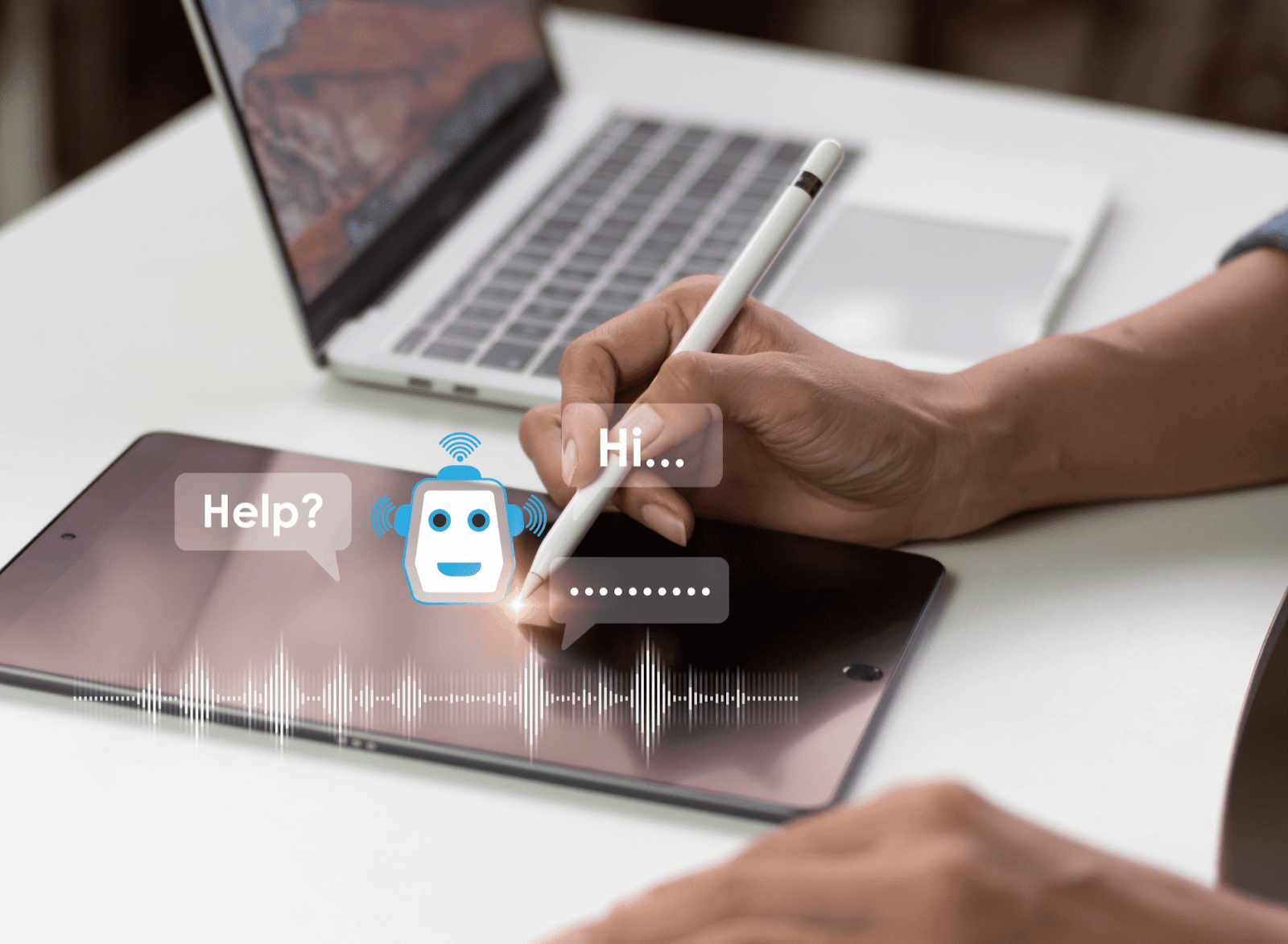
Top 16 healthcare technology trends 2026
We tried to cover all currently known healthcare technology trends in order to present you with the most complete development directions in the healthcare market. Of course, new ones appear every day, but the list below reflects the technological trends in healthcare already shaping real-world practice and those most likely to influence strategy in the near term.
From AI in medical records to digital twins and robot-assisted surgery, these technological innovations in healthcare mark a shift in how healthcare organizations approach patient care, data management, and medical technology.
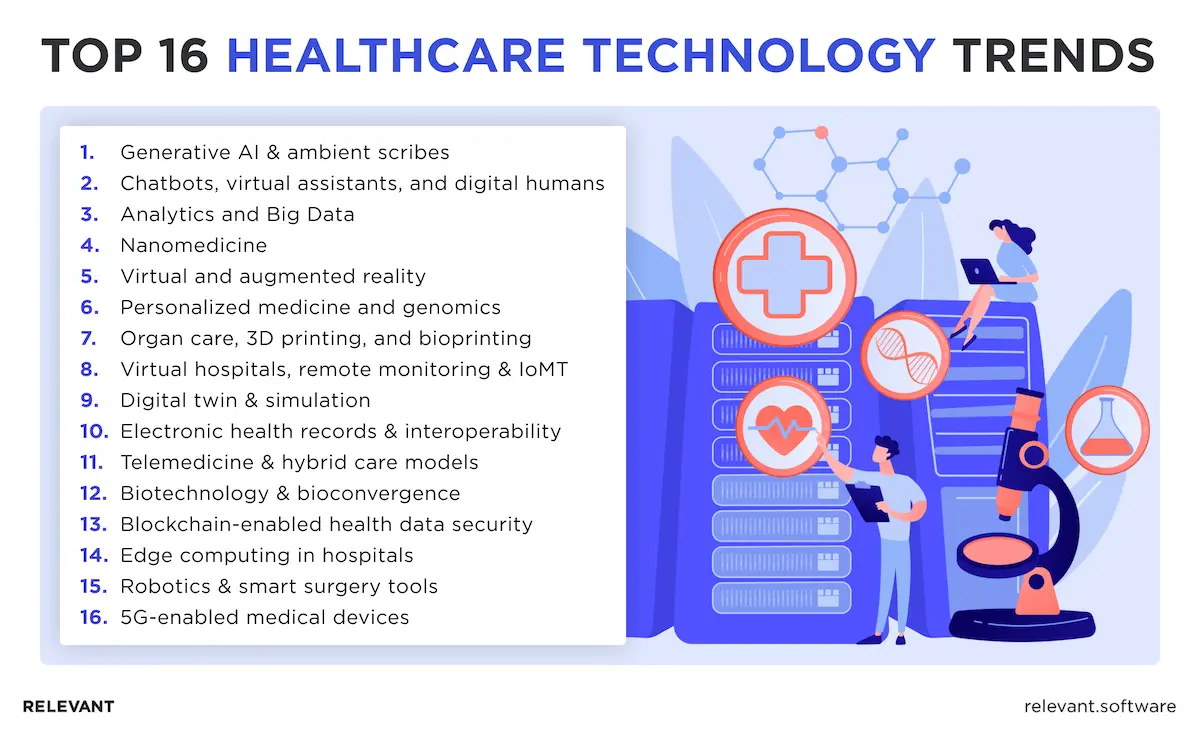
1. Generative AI & ambient scribes
It’s hard to ignore how quickly generative AI has moved from novelty to necessity in the healthcare sector. Ask any doctor what they want most, and many will say “time”, and this is where AI scribes are making a difference.
Tools like Microsoft’s DAX Copilot listen during consultations and draft structured health information automatically. For clinicians, these health tech trends mean less time chasing paperwork and more attention on patient health. Early reports suggest physicians are saving four to six hours a week, and healthcare facilities are seeing better health outcomes because medical staff are less burned out.
But documentation is only the start. Generative AI now supports medical imaging, drug discovery, and regulatory compliance. These systems scan complex medical data far faster than human teams ever could. Some hospitals also apply it to billing and claims, where speed and accuracy directly protect revenue. The market for AI medical scribe tools was valued at $800 million in 2024, and analysts project the broader healthcare AI sector to exceed $500 billion within the next decade.
Skeptics point out risks: bias in training data, mistakes in summaries, and the need for careful oversight. Yet healthcare providers increasingly see these innovations in healthcare technology less as a replacement for medical professionals and more as an assistant — clearing the paperwork, surfacing insights from big data analytics, and ultimately improving patient outcomes.
2. Chatbots, virtual assistants, and digital humans
Not every health question needs a specialist. Sometimes patients just want quick guidance: Should I book an appointment? Can I take this pill with food? When’s my next refill? That’s where chatbots and virtual assistants step in. They’re available 24/7, they handle appointment booking, send medication reminders, and increasingly connect directly with electronic health records. For hospitals and clinics, this integration is important as it reduces staff interruptions and lets healthcare providers spend more time on complex cases instead of routine questions.
The next AI trend has already arrived: digital humans. These AI-powered avatars go beyond scripted replies and interact with patients in ways that feel empathetic. Analysts valued this new technology in healthcare at $538.5 million in 2024, with forecasts nearing $5 billion by 2030. Early pilots show they can explain Medicare rules in simple language, help patients with triage, and even provide comfort during stressful times.
Among current technology trends in healthcare, this one highlights something often overlooked: in a digital healthcare environment, interaction itself has become part of care. Patients expect more than clinical information; they look for reassurance and support. Digital humans now provide both, and communication has become a core part of modern healthcare delivery.
3. Analytics and Big Data
Hospitals now collect more patient data than any other industry — scans, lab results, even wearable devices streaming heart rate, blood pressure, or body temperature in real time. The challenge is turning all of that into insight through data analysis, data processing, and data visualization.
This is where big data and predictive analytics have become defining medical software trends. Platforms now sift through millions of medical records to flag early risks of heart disease, Parkinson’s disease, or heart failure, fine-tune treatment plans, or even predict which healthcare facilities will see the highest demand next week. Doctors call it a safety net; administrators see it as a way to stretch staff and resources across healthcare delivery.
By 2030, healthcare analytics is expected to reach $167 billion. Beyond the numbers, the real shift is practical: faster diagnoses, smarter remote patient monitoring, and clinicians spending more time with patients instead of spreadsheets. Among today’s healthcare and technology trends, this one shows how information turns into real health outcomes.
4. Nanomedicine
For years, nanobots in medicine lived mostly in labs and science journals. Now this latest technology in healthcare is showing up in real systems. Imagine medical devices so small they can travel through the bloodstream, find diseased cells, and release treatment without harming healthy tissue. That’s the promise of nanomedicine.
In oncology, researchers are testing targeted therapies for tumors, while others are exploring sensors that track body temperature, blood pressure, and even early markers of heart failure. These innovations show how healthcare technology advances are reshaping treatment precision.
For patients, it means fewer side effects and safer outcomes. For healthcare professionals, it introduces a brand-new toolkit: less about invasive surgery, more about targeted intervention. In terms of innovations in healthcare technology, nanomedicine is no longer a futuristic dream; it’s becoming a central part of the future of healthcare technology.
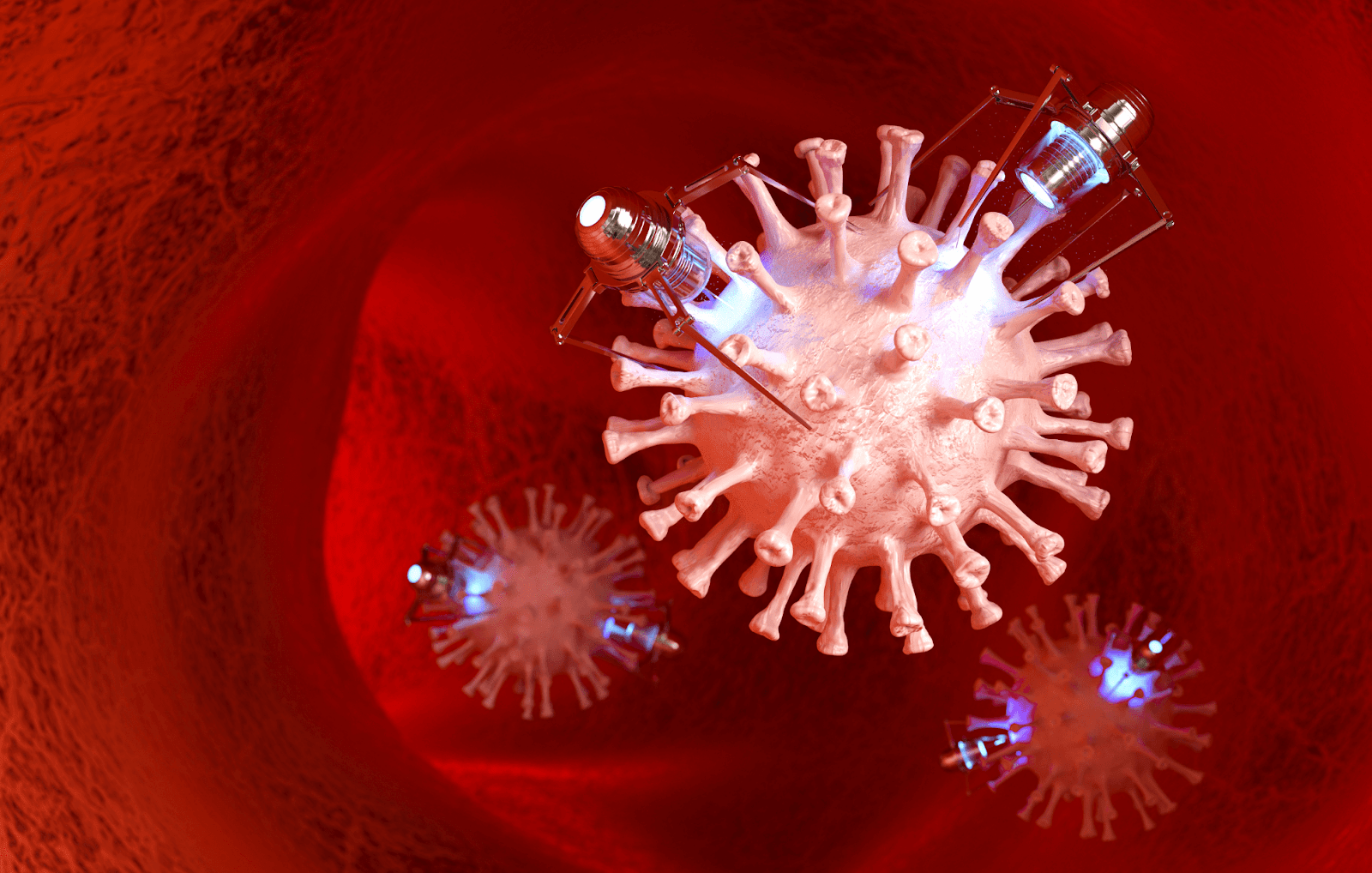
5. Virtual and augmented reality
Virtual and augmented reality are no longer experimental tech innovations in healthcare. They now appear in hospitals, classrooms, and therapy clinics. In a modern medical school, students may use headsets to rehearse surgery on digital patients that breathe, bleed, and react to errors. Virtual reality works as a safe training tool, while augmented reality projects medical images onto the body during real procedures. Surgeons gain greater accuracy when they remove tumors or navigate complex anatomy.
Outside surgery, the benefits are just as real. Veterans living with PTSD and patients with severe phobias now face fears inside controlled virtual environments. One therapist called it “a safe place to fail until success feels possible.” For many, the headset offers a level of security that the real world cannot.
The healthcare sector is taking note. Analysts expect the global AR/VR healthcare market to approach $1,5 trillion by 2030, but what matters more is adoption. Hospitals of all sizes are starting to see immersive technology not as a trial run, but as a useful upgrade that improves patient care and helps train medical staff.
6. Personalized medicine and genomics
We are moving away from the old “one-size-fits-all” model with this current technology trend in healthcare. With DNA testing, doctors can see how a patient is likely to respond before choosing a treatment. Cancer care is already using this — oncologists adjust drugs based on genetic markers to improve results and limit side effects. Hospitals are also mining large datasets to spot risks earlier, from heart disease to diabetes.
It’s still costly and unevenly available, and progress is gradual. Yet, personalized medicine remains one of the healthcare technology trends moving care toward something patients have always wanted: treatment that feels tailored to them. Relevant Software experts see this shift as one of the clearest signals that technology is redefining its future.

7. Organ care, 3D printing, and bioprinting
Transplant shortages remain a stubborn reality: too many patients, not enough viable organs. That is why new healthcare technology in this area plays such a critical role. Organ care systems now keep hearts, lungs, and livers alive outside the body for hours, with AI and cloud computing systems that control oxygen and nutrients. For medical staff, that extra time leads to higher success rates and better patient health.
At the same time, 3D printing has moved from research labs into real healthcare services. Hospitals already produce surgical guides and implants shaped to fit each patient. Bioprinting goes further, with progress in skin, cartilage, and research into more complex organs. These healthcare technology advances combine medical equipment, data processing, and digital transformation to change what survival looks like. Among today’s medical technology trends, organ care and bioprinting stand out as innovations that directly save lives.
8. Virtual hospitals, remote monitoring & IoMT
With new technologies in health care the idea of a hospital without walls is becoming a reality. Virtual hospitals now combine telemedicine, centralized monitoring, and the Internet of Medical Things (IoMT) to extend care into patients’ homes. Smart devices like blood pressure cuffs, glucose monitors, connected inhalers, and even wearable ECG patches stream continuous data back to hospital command centers.
That flow means doctors can track recovery or intervene early without the patient ever stepping inside a clinic. A post-surgery patient at home can now receive the same oversight as one in a hospital bed. The advantages are obvious: freed-up beds, lower costs, and patients recovering where they’re most comfortable. The RPM market is projected to hit $175 billion by 2027, and IoMT is the enabler behind that growth. Among today’s healthcare technology trends, this shift illustrates how digital infrastructure and connected devices are redefining what “hospital care” means.
9. Digital twin & simulation
Imagine a cardiologist looking at two hearts: one beating in a patient’s chest, the other displayed as a digital copy on a screen. That is what digital twin technology now makes possible. Doctors can test treatments or rehearse procedures on the virtual version first, which reduces risk when the real surgery takes place. At Mayo Clinic, early pilots already apply this method for complex cardiac operations.
It goes beyond surgery. Digital twins in healthcare, connected with IoMT devices, can reflect a patient’s daily condition and give doctors a living model for remote monitoring. For hospitals experimenting with virtual wards, that’s a huge step forward. Treatment plans can be tested virtually before decisions are made.
The appeal is obvious: fewer surprises, safer care, and more confidence for both patients and providers. Of all the healthcare technology trends, this one feels like a bridge between data and practice, less theory, more hands-on reality.
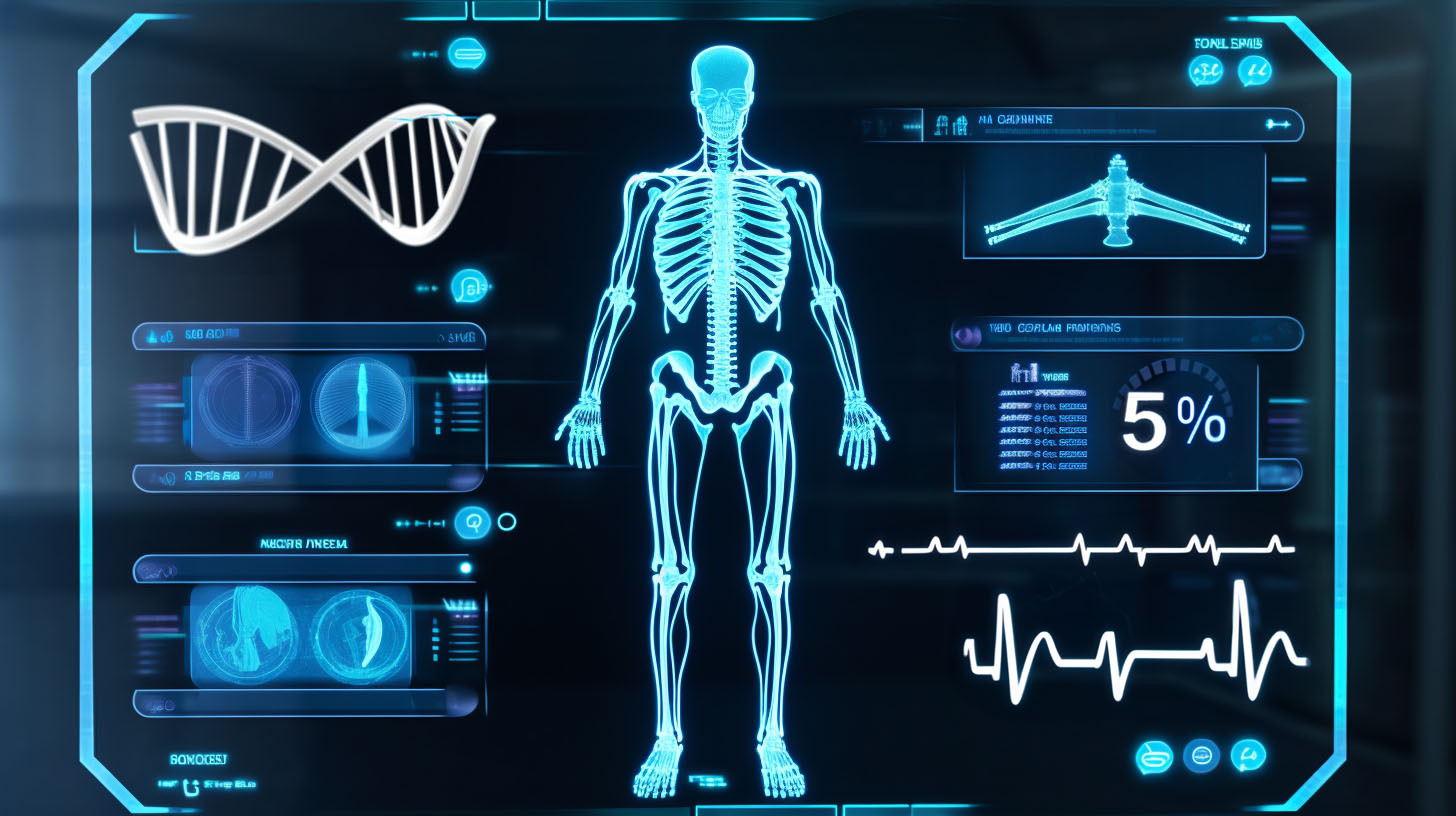
10. Electronic health records & interoperability
Almost every hospital now runs on electronic health records, but the real question isn’t adoption; it’s whether the systems finally talk to each other. In the United States, TEFCA is beginning to make that possible. More than 9,000 providers are connected through national networks, allowing patient data to follow the individual wherever they go. That matters when someone lands in an ER across the country and doctors need their history instantly. It also matters in daily routines: fewer duplicate tests, fewer delays, and safer patient care.
If we step back and examine general healthcare technology trends, interoperability may not sound like the latest technology in healthcare, but it represents one of the most significant advances in healthcare technology. Without seamless data sharing, other digital trends in healthcare, like predictive analytics, mobile apps, or remote patient monitoring, cannot reach their full potential. Among innovations in healthcare technology, true interoperability is a foundation rather than a feature.
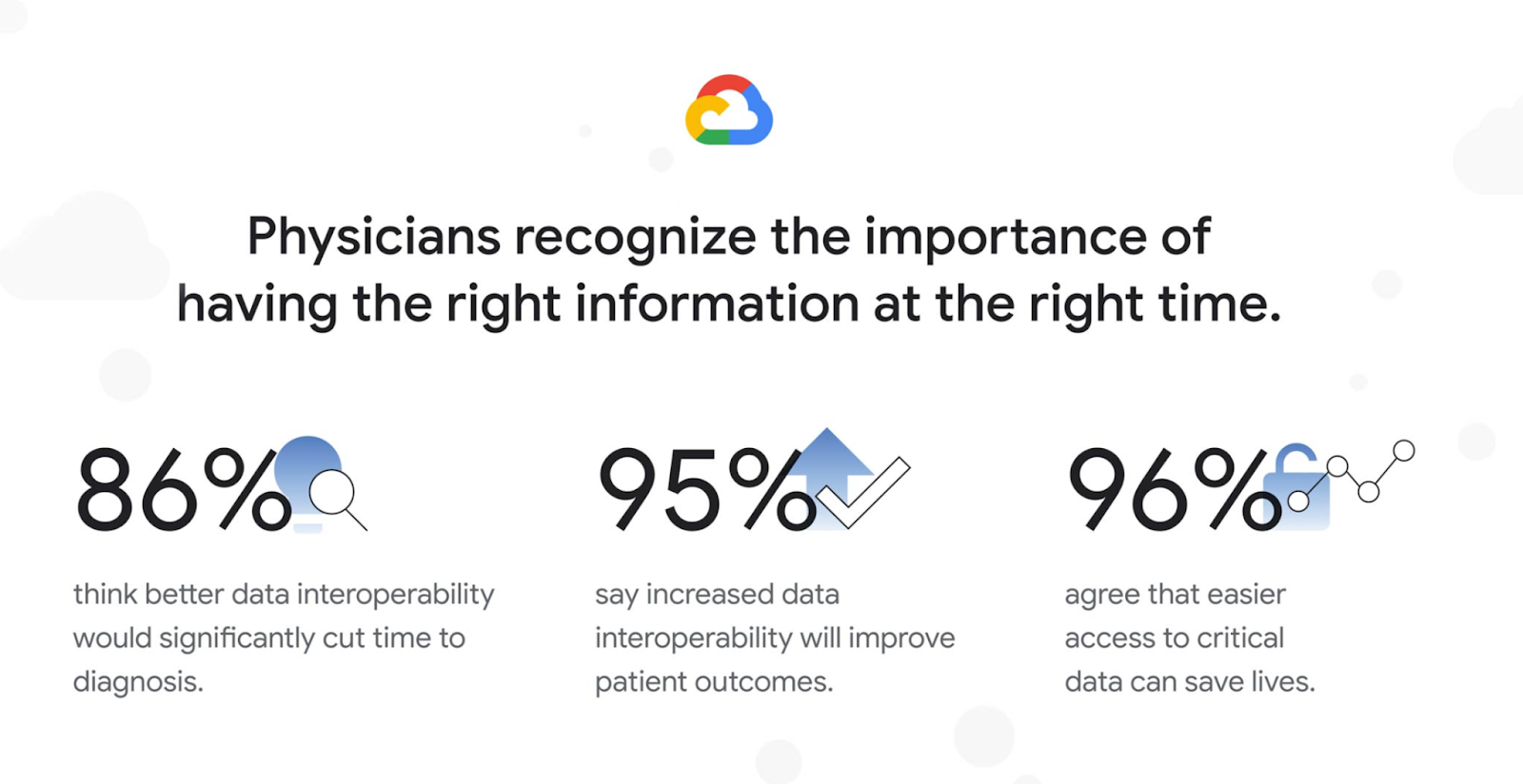
11. Telemedicine & hybrid care models
Telemedicine didn’t fade when the pandemic eased. It matured into a permanent part of the digital healthcare environment. Patients now expect hybrid care: quick video calls for prescription refills or minor health conditions, paired with in-person visits when exams or procedures are necessary. That balance is what providers now see as new healthcare technology in practice: not replacing, but expanding options.
Forecasts project telehealth revenue to exceed $505 billion by 2034, but the real story lies in lived experience. Rural patients connect to medical institutions without hours of travel, parents handle pediatric consults during a work break, and clinics ease pressure on waiting rooms by moving routine cases online. Among today’s digital trends in healthcare, hybrid care models show that the future of medicine combines virtual and in-person treatment, supported by modern communication technologies. This blend provides patients with flexibility and ensures that providers deliver safe, timely, and accessible care in any setting.
12. Biotechnology & bioconvergence
Biotech is not new in healthcare software trends, but its integration with other fields has entered a new phase. Bioconvergence now brings together biology, AI, engineering, and materials science. This overlap drives some of the most important breakthroughs. Imagine a chip that mimics a human lung to test drugs before trials, or biomaterials that adapt inside the body to accelerate healing.
The market for bioconvergence was about $143.9 billion in 2024 and could climb past $215 billion by 2030. That growth is fueled by regenerative medicine and organ-on-a-chip systems already moving through labs. Among today’s healthcare and technology trends, bioconvergence may be the one that most clearly points toward medicine’s future: a discipline where the walls between fields dissolve.
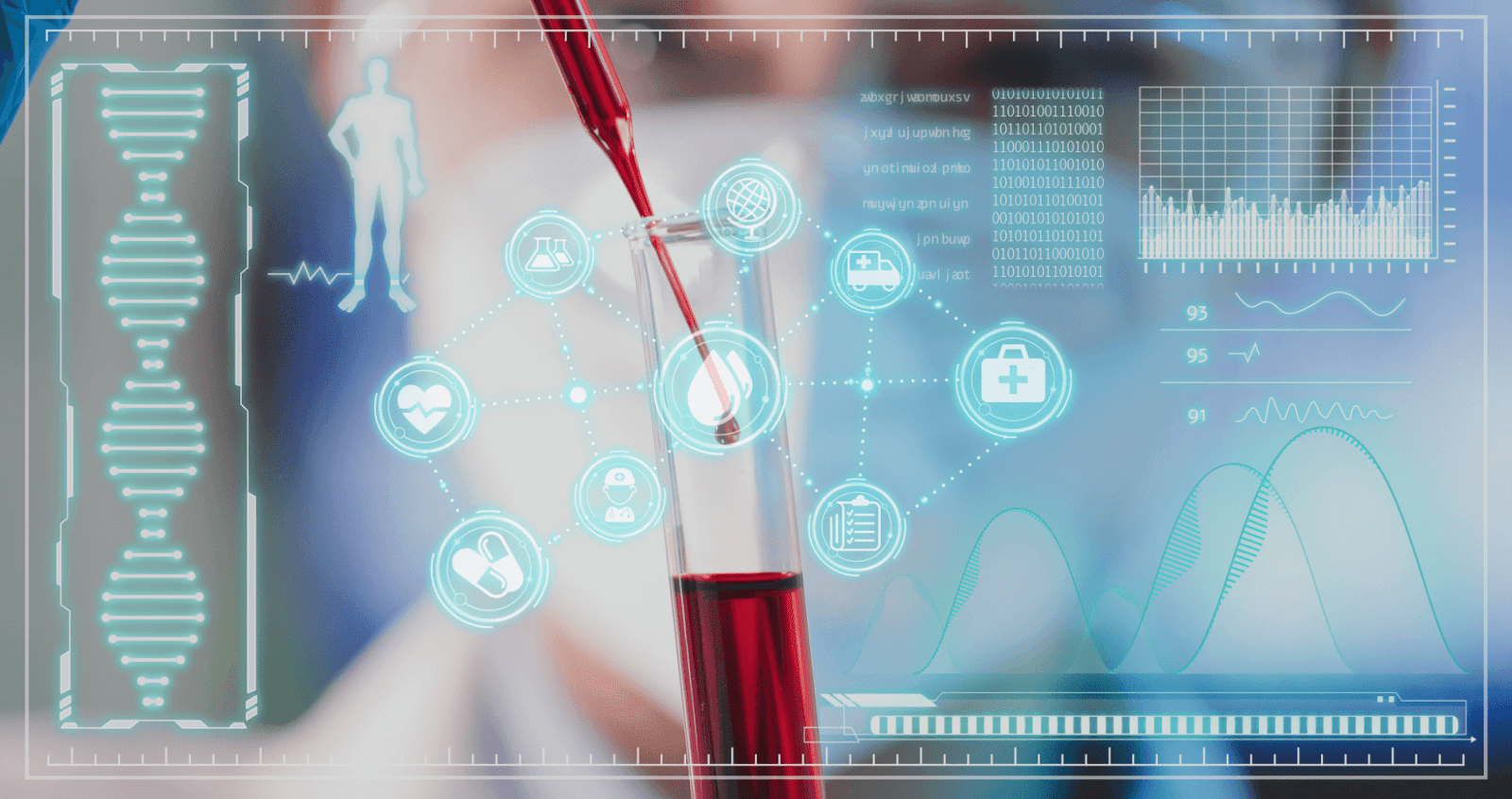
13. Blockchain-enabled health data security
Cyberattacks have made healthcare systems prime targets in recent years. In the United States, one breach can expose millions of patient records and shake trust across medical institutions. Blockchain offers a stronger defense. Instead of keeping patient data on a single vulnerable server, it distributes records across a secure network. That structure makes tampering far harder.
For patients, it means stronger data protection and more control over privacy. For healthcare professionals, it means the confidence that their data analysis and treatment plans are based on accurate, unaltered health information. Some hospitals are already piloting blockchain to secure medical device supply chains, reducing counterfeit risks. It is still early, but as digital healthcare expands, blockchain is moving from buzzword to practical shield in an increasingly hostile environment.
14. Edge computing in hospitals
When patient safety depends on split-second decisions, cloud computing alone is not enough. Imagine an IoMT monitor that detects a sudden change in body temperature or heart rate during remote patient monitoring. With edge computing, data is processed at the bedside or inside the hospital network instead of moving to distant servers. The result is faster data analysis and quicker action from medical staff.
Healthcare facilities already use this method in emergency departments and advanced imaging systems, where even a short delay in data processing can alter the outcome. Analysts describe edge computing as one of the quiet but crucial healthcare technology trends: it strengthens healthcare delivery, supports digital transformation, and allows predictive analytics to operate in real time, directly at the point of care.
15. Robotics & smart surgery tools
Step into an advanced operating room and you’ll likely see robotics at work. What was once experimental is now routine: about one in five surgeries use robotic assistance, and forecasts suggest nine in ten could within the next decade. These tools don’t replace surgeons; they extend what skilled medical staff can do. New connected instruments capture movements in real time, feeding data analysis back into digital healthcare systems. This loop allows healthcare professionals to refine their technique while reducing complications. Patients benefit through smaller incisions, quicker recovery, and greater patient safety.
Outside the OR, robots deliver medical equipment, disinfect wards, and even support mobile health initiatives by integrating with mobile apps for scheduling and workflow. Among technological trends in healthcare, robotics show how deep learning, smart devices, and practical automation are no longer “future trends in healthcare technology”; they’re already reshaping patient health and healthcare delivery today.
16. 5G-enabled medical devices
5G is starting to change the face of healthcare. The new network is not just faster. It makes near-instant decisions possible. A surgeon can guide a robotic arm in another city with no lag. Paramedics can send a live ultrasound from an ambulance so the hospital is ready before the patient arrives. Even a wearable heart monitor can trigger an alert the second it detects danger.
For all its promise, 5G adoption still faces hurdles. Infrastructure upgrades are expensive, and data protection demands stronger security. But the direction is undeniable: more devices will arrive built for 5G, and healthcare providers will have tools that cut delays, expand reach, and make treatment more precise.
What is the future of healthcare technology?
The future trends of healthcare technology will not come from a single breakthrough. It will be shaped by several forces working together. Artificial intelligence, genomics, digital twins, and connected devices are no longer separate experiments. They are beginning to form a shared foundation that changes how care is organized, financed, and delivered. We already see this shift: edge computing pushes intelligence closer to the bedside, blockchain strengthens data security, and bioconvergence blurs the line between biology and engineering.
This evolution goes beyond efficiency. It reframes care itself, moving from reactive treatment to anticipatory models that predict risk, prevent disease, and personalize therapy at scale. The winners in this transition will be the organizations that don’t just adopt tools, but align them with workflows, regulations, and patient trust.
At Relevant Software, we’ve seen this story unfold up close. Our work in mHealth app development and healthcare analytics services shows that progress depends on more than technology. It depends on execution, integration, and an understanding of the industry’s nuances.
For leaders ready to move beyond pilots and trials, the opportunity is here. Emerging healthcare technology trends are not distant possibilities. With the right strategy and partner like Relevant, you can deliver measurable improvements in patient care today.
Contact us to get started.

